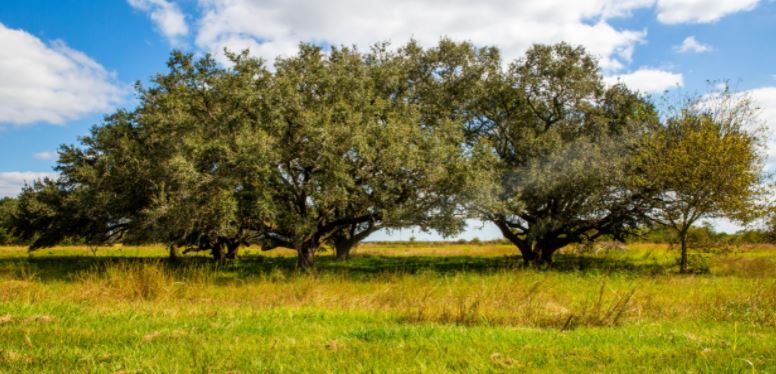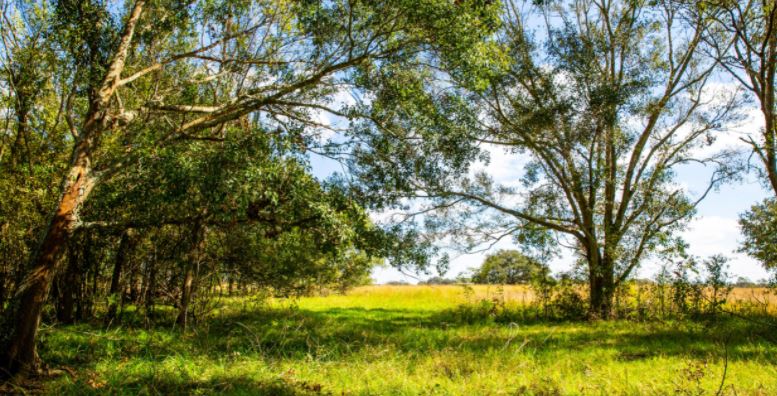Property owners can maintain a wildlife exemption by managing for wildlife on their agricultural land in Fort Bend County. Property owners must implement at least 3 out of 7 management practices annually. Owners must submit a wildlife management plan to the Fort Bend County Central Appraisal District that details the activities that will take place on their property.
We specialize in developing wildlife management plans for wildlife exemption and have worked with rural property owners in Fort Bend County. Property owners can implement a variety of activities, but one of the more popular practices is providing supplemental shelter.
Supplemental Shelter for Wildlife Exemption in Fort Bend County
What is supplemental shelter? This term means actively creating or maintaining vegetation or artificial structures that provide shelter from the weather, nesting and breeding sites or escape cover from enemies. The best shelter for wildlife can be provided by well managed habitat.
Supplemental shelter is only recommended for wildlife use (wildlife tax valuation) when there is a need. Some activities listed below provide types of shelter that may be unavailable in the on your Fort Bend County land:
• Installing nest boxes and bat boxes
• Brush piles and slash retention
• Managing fence lines
• Managing hay meadow, pasture or cropland
• Half-cutting trees and shrubs
• Establishing woody plants and shrubs
• Developing natural cavities and snags

Common Practices for Wildlife Exemption
Let’s take a look at some of the more common ways property owners provide supplemental shelter for native wildlife in Fort Bend County. First, it is important that the type of shelter provided makes sense for the wildlife species for which the owner is managing.
Installing nest boxes and bat boxes in the proper numbers and locations to provide nests or dens for selected species when necessary should be consistent with the habitat needs of the target species. Many Fort Bend County property owners implement management practices for bluebirds and other cavity-nesting songbirds for wildlife exemption, so nest boxes are very common.
Brush piles and slash retention can provide additional wildlife cover and protection in habitats where inadequate natural cover limits the growth of a selected species. This can be used on properties when little protective cover is available on the ground.
The planned placement of brush piles and slash retention, which involves leaving dead brush on the ground where it was cut or uprooted, can also protect seedlings of desirable plant species. This is a great >wildlife management practice in areas with high deer numbers since deer will readily eat almost any plant attempting to grow.

Pasture Management for Wildlife in Fort Bend County
Hay meadow, pasture or cropland management can be useful tools in wildlife management. We recommend this practice for property owners quite often. Owners should postpone mowing hay fields until after the peak of the nesting/young-rearing period of local ground-nesting birds and mammals in Fort Bend County.
Owners also should mow or shred one-third of open areas per year, preferably in strips or mosaic types of patterns, to create edge and structural diversity. Weeds are an important source of food for many wildlife species, and owners should, therefore, minimize weed control practices when using a wildlife exemption to maintain ag taxes. There are many ways to improve the wildlife value of your land. Contact us and we can help you help the wildlife found on your property!
